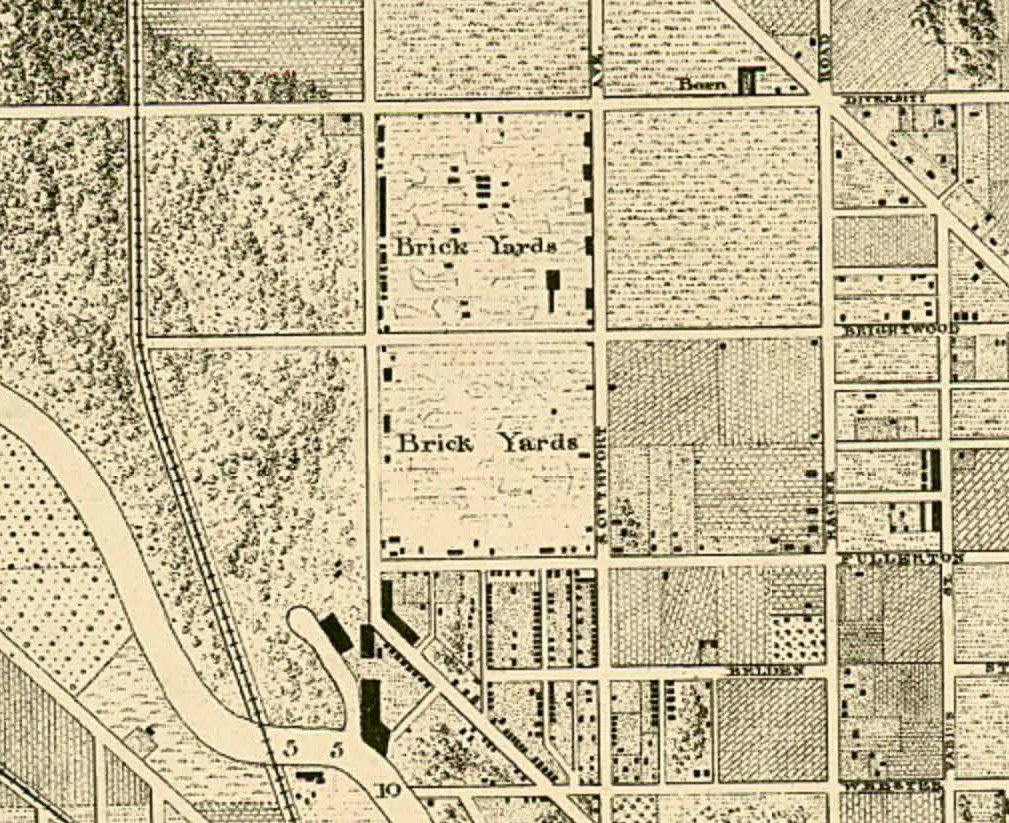Track 2, Presentation 3
Rough, Crooked and Fairly Durable: Mapping Chicago's Common Brick
Sheila K. Webb
School of the Art Institute of Chicago; Historic Preservation Program
Brickmaking was a major industry in Chicago between 1880 and 1930, fueled by the need to rebuild after the loss of thousands of structures in the 1871 and 1874 fires, and then to meet the demands of sustained exponential growth in the city’s population. Other clay products such as paving and hollow structural tile, sewer pipe, and even face brick, were produced in Illinois, but it is common brick that would become tied to metropolitan Chicago’s growth, produced and used within its borders in quantities for a time greater than anywhere in the country.
The number of brickmaking companies increased sharply after the fires, and while many did not stay in business for long, a robust industry with a trade association emerged. There was fierce competition among these companies, however, culminating in a major consolidation in 1900, and efforts to keep prices high by controlling output and penalizing companies that operated outside of prescribed quotas, actions that would bring charges of anti-trust behavior. Labor disputes also influenced the industry’s growth.
Although Chicago Common brick is well-known, it has not been closely studied. In this presentation, I examine the origin and trajectory of Chicago’s common brick industry. This includes identifying factors that led to the industry’s growth, such as the availability of suitable clay along the banks of the Chicago River and beyond, a growing transportation network, a ready supply of labor, and most importantly, enormous local demand. Added to those were advancements in production methods, in particular the introduction of the first stiff-clay machine in 1881, as well as brick setting and drying machines.
Using commercial directories, trade publications, newspaper articles, and fire insurance and other maps, I identify and map the brickyard locations of over 100 Chicago area common brick manufacturers in business during the period 1833 – 1930. I trace the movement of brickyard locations over time, beginning with the first, located on the north bank of the Chicago River in the city center, and then moving further along the South and North branches of the river, as well as to locations to the south and west of the city as conditions changed.
Sheila Webb earned her Master of Science in Historic Preservation in May, 2022 from the School of the Art Institute of Chicago. Her research on Chicago Common Brick history was part of her Master's thesis. She has also worked on a survey of architecturally significant structures dating from 1935-1975 in 53 suburban Chicago communities with the preservation organization Landmarks Illinois.


